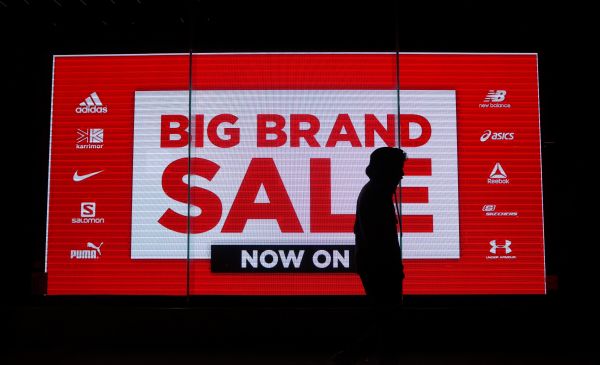Branding Strategy Insider helps marketing oriented leaders and professionals like you build strong brands. BSI readers know, we regularly answer questions from marketers everywhere. Today we hear from Stephanie a senior executive from a National brand in Miami, Florida who has this question about embedding brand pillars.
We recently defined three brand pillars that we’re looking to now embed as we transform our operations. How can we ensure we make best use of them?
Thanks for your question, Stephanie. It’s not immediately clear what form your pillars take. They could for example be brand values, they could be behaviors, or perhaps they include a purpose for your culture. While you will need to do more work in expanding out your brand strategy for it to work as hard for you as it could, you have made an important start in achieving principle-focused change. Congratulations.
So how could you use these pillars to help guide your operational transformation? Let’s take the three scenarios given above and look at how pillars in these different forms could help guide your company as it changes.
Brand Values Pillars
Brand values articulate the ideas that your company holds most dear. As their name suggests, they state the ideas that you value most highly, and together they point to, or imply, the type of company you are looking to build for the future. By ensuring that your operational transformations always report to your new values, and that the two are aligned in everything you do, you will ensure that your company literally makes changes that are consistent with the principles that you have agreed are vital to your brand going forward. The converse of this, of course, is that you should not make any changes that fight with, or contradict, the pillars that have been agreed. Were you to do so (and the temptation can be strong when an organization is under pressure to change), then you will quickly find that the culture you are looking to build and the structures that you have rebuilt will be at odds with one another. Your people will soon find themselves receiving mixed messages – with the brand values pointing to the company valuing different things than what the operational changes encourage, or even allow.
Brand Behaviors Pillars
If your pillars are built around brand behaviors, then the way in which you utilize these principles will be very similar to those of brand values. Brand behaviors set out the behaviors that you expect of your people, both internally in terms of how you relate and work together as a culture, and externally in terms of how you relate to, and interact with, customers and stakeholders. The key criteria for strong brand behaviors is that they are consistent with how you’re perceived, the work you do and what you believe makes you different in the marketplace. For example, if your goal is to be the friendliest company in your sector, then your behaviors will need to reflect that. You can see how this carries through to your transformation program. Again – you need to make changes operationally that align with, and encourage, the behaviors you have landed on. In the case of the example just given, you would want the changes you are making to your systems and operations to contribute to a more bonded workplace and ways of working with customers that make them feel more valued and recognized.
Brand Purpose Pillars
The third option is that your pillars could be built around purpose. They might also include mission and vision. In this scenario, your pillars are focused on giving meaning and direction to your future state as a brand. These ideas are much bigger than values or behaviors in that they are less about what people ‘do’ and much more about ‘why’ the brand exists and ‘what’ difference it is looking to achieve in the world. Again though, your transformation program needs to align with your pillars and to actively contribute to pushing your company forward towards those goals. An important question to ask is “How are the changes we are making now directly contributing to the brand we see ourselves becoming?”. There should be a direct line of sight between the two. If there’s not, then I would suggest you assess your transformation program’s objectives. Are you making changes that are too immediate? They are changing the reality of your company now, but they are not big enough or ambitious enough to move you closer to the future you see for yourselves.
Brand language is confusing, and different people use the same terms to mean very different things. Whatever form the work you have done takes, please treat it as a starting point for the dynamic and multi-leveled perspective you will need. A full brand strategy will help you define yourselves not just in the context of your own company, but also in comparison to your competitors. It will help you focus both your culture and your marketing. It will also act as a vital filter for the decisions you make every day in the market and as you make changes that align with the company you are reimagining yourselves to be.
Do you have a branding question? Just Ask The Blake Project
The Blake Project Can Help: Please email us for more about our mission, vision and values workshop.
Branding Strategy Insider is a service of The Blake Project: A strategic brand consultancy specializing in Brand Research, Brand Strategy, Brand Licensing and Brand Education




